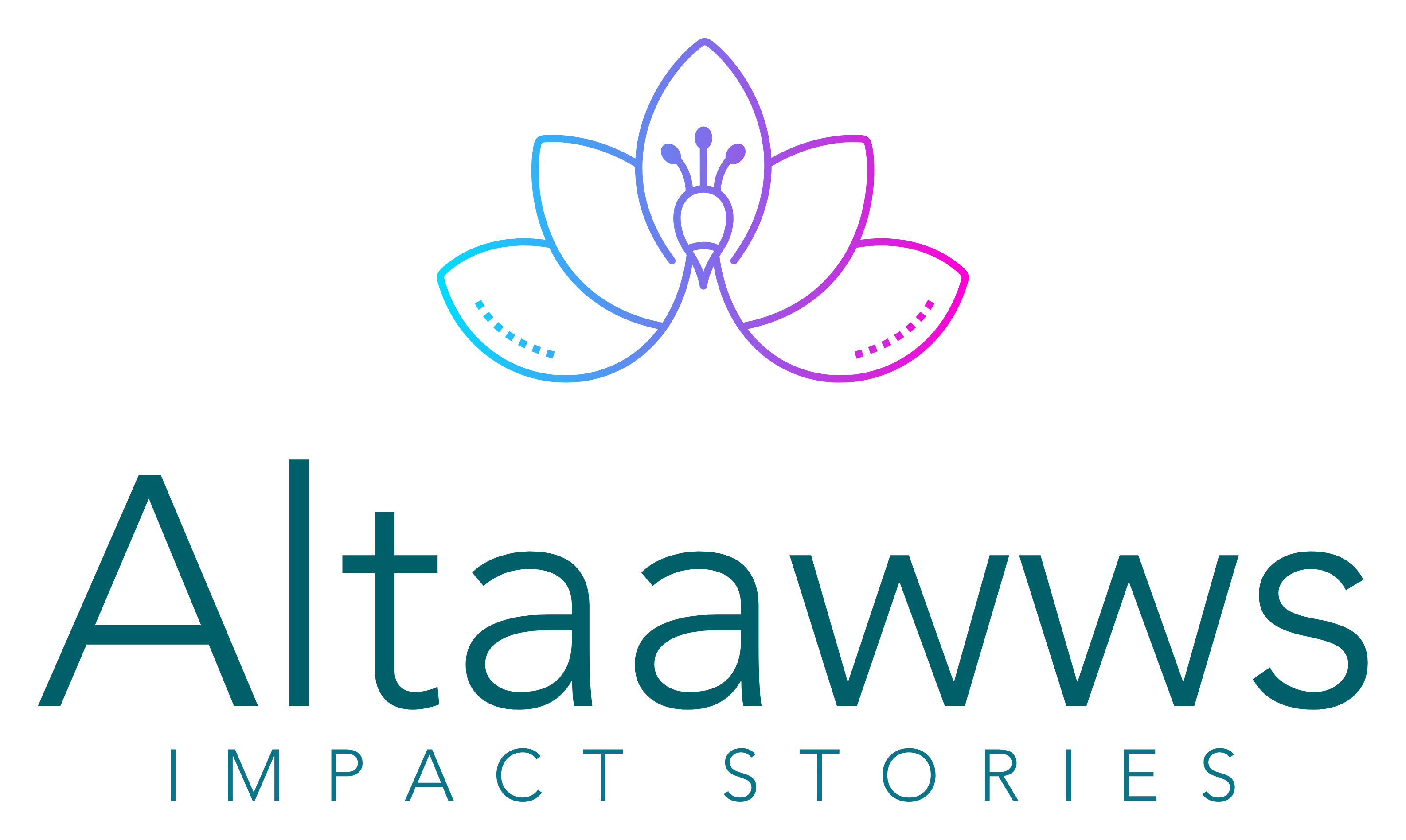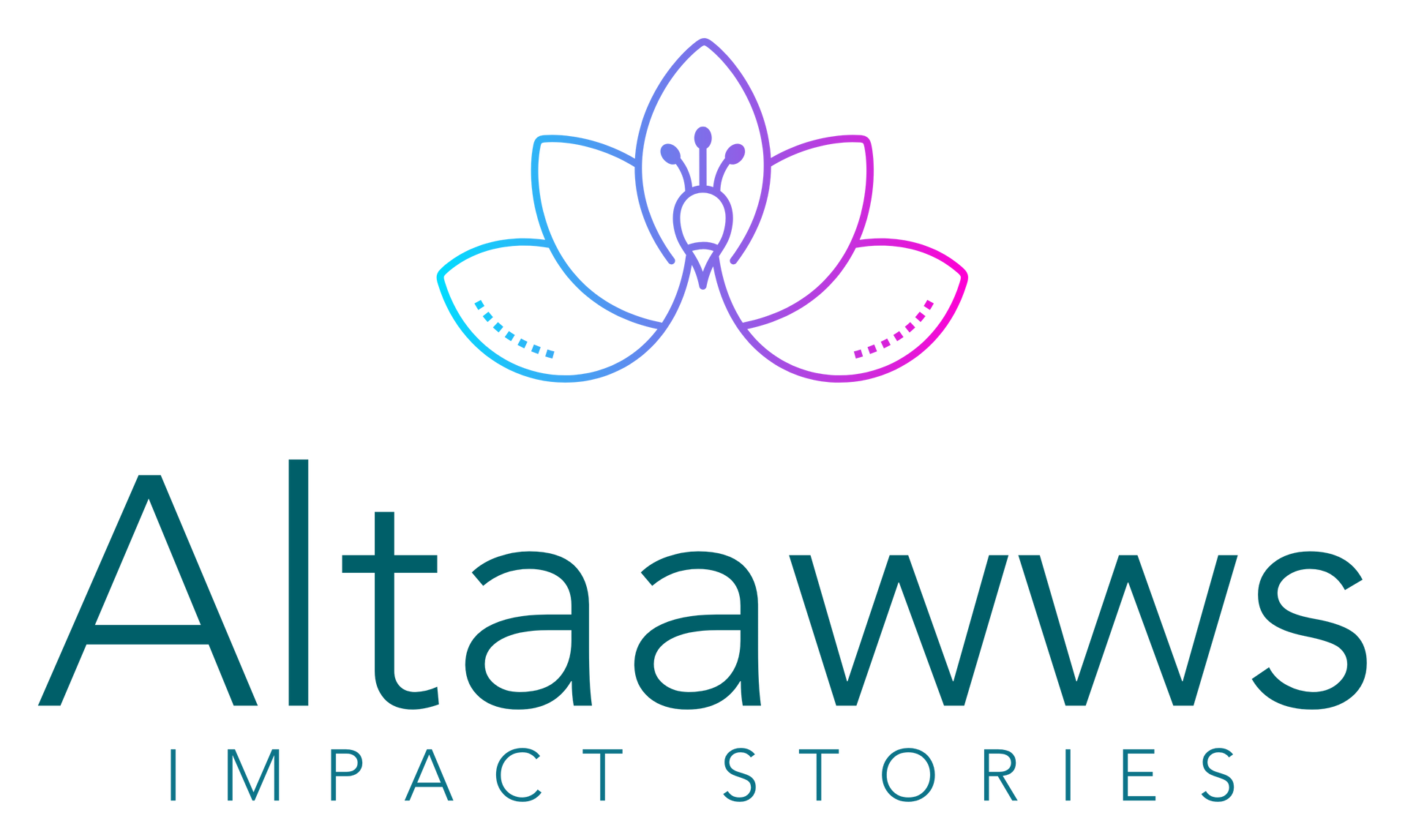Lessons from Impact Campaigns
In a world overwhelmed by information, storytelling stands out. It's not just a way to entertain—it’s a powerful tool for driving behavior change. At Altaawws, we’ve seen firsthand how strategic storytelling can influence perceptions, shift attitudes, and inspire action. Whether you’re creating a social impact campaign or building a brand with purpose, understanding how to tell stories effectively can make all the difference.
Why Storytelling Works
Stories connect emotionally. Unlike plain facts, they tap into our feelings, making messages more memorable and relatable. When a story mirrors the audience's struggles, hopes, or dreams, it creates empathy—a critical driver of behavior change.
1. Stories Make Information Memorable
Humans are wired to remember stories better than data. A well-told story can make a complex message simple and unforgettable.
2. Stories Create Emotional Connections
People act based on emotion. Stories that trigger strong feelings—joy, anger, hope—are more likely to inspire action.
3. Stories Build Trust
Authentic stories build credibility. When people see real experiences or relatable characters, they are more likely to trust your message.
Real-World Examples
At Altaawws, we’ve harnessed storytelling to drive impact in various campaigns:
- Maternal Health Campaign: We crafted a series of short films featuring mothers overcoming health challenges. These relatable stories empowered other women to prioritize their health.
- Gender Equality Project: Using a mix of animation and personal narratives, we highlighted the struggles and successes of women breaking barriers. This led to increased engagement and awareness.
Key Elements of an Impactful Story
If you want your stories to drive behavior change, ensure they include these elements:
1. Relatable Characters
Your audience should see themselves in your stories. Use characters that reflect their experiences and values.
2. Clear Conflict and Resolution
An impactful story has tension—an obstacle the characters must overcome. This keeps your audience engaged.
3. Authenticity
Don’t exaggerate. Authentic stories feel genuine and are more likely to earn trust.
4. Visual and Emotional Appeal
Use strong visuals and emotive language. Make your audience feel something.
How to Use Storytelling for Your Campaign
- Identify Your Audience: Understand their pain points, desires, and cultural context.
- Choose the Right Format: Short videos, animations, podcasts—select the format that best suits your message.
- Be Consistent: Maintain your brand voice and message across all stories.
Want to Drive Change with Storytelling?
At Altaawws, we specialize in crafting stories that don’t just entertain—they inspire change. Whether you’re a brand, a non-profit, or a social impact organization, we can help you use storytelling to drive measurable results.
Ready to start your impact story? Let’s talk. [Book a Call]



